The fastest an e-bike can go is 28mph (32 km/h), and that only applies to electric bikes legally designated as “Class 3 e-bikes”. Class 1 e-bikes can only go as fast as 20 mph (32 km/h), and Class 3 e-bikes must only go as fast as 28mph.
How fast an e-bike can go depends on whether the e-bike in question is a Class 1 e-bike, a Class 2 e-bike, or a Class 3 e-bike.
This classification of e-bikes was established by the Consumer Product Safety Act, which determined the speed limits for electric bicycles in the United States and has since been adopted by the majority of states.
So, to know how fast your electric bike can go, you have to determine whether it falls under the Class 1, Class 2, or Class 3 category.

Understanding E-Bike Speed Limits by Class
The Consumer Product Safety Act classifies e-bikes into three classes (Class 1, Class 2, and Class 3), and an electric bike in any class can only go as fast as other bikes in that class are legally permitted to go.
In most states in the U.S., Class 1 and Class 2 e-bikes can go up to 20mph, and Class 3 e-bikes can go as fast as 28 mph.
Therefore, to determine the speed of an e-bike, you must first determine whether it is a Class 1, Class 2, or Class 3 e-bike.
Here’s how to do so.
United States E-Bike Classifications
Class 1 Electric Bikes
Class 1 electric refers to electric bikes that are:
- Pedal assist only (no throttle)
- Motor assist only when pedaling
- Allowed on most bike paths and trails.
For Class 1 e-bikes, the top speed is 20mph.
Class 2 Electric Bikes
- Class 2 electric bikes refer to electric bikes that are:
- Throttle-assisted: they can be powered by a throttle without pedaling.
- Often allowed where Class 1 bikes can go
For Class 2 e-bikes, the top speed is also 20mph
Class 3 Electric Bikes
Class 3 electric bikes refer to all electric bikes that are:
- pedal-assist only but have more motor power (up to 750W).
- Often restricted to roads and bike lanes.
- Riders require a helmet in some states
For class 3 electric bikes, the top speed is 28mph
| Bike Class | Class 1 | Class 2 | Class 3 |
| Throttle/ Electric Assist | Pedal assist only | Throttle assist | Pedal assist and motor power |
| Top Speed | 20mph (32km/h) | 20 mph (32km/h) | 28mph (mph) |
Recommended Class 2 E-Bikes
#1. Panther Electric Mountain Bike
This e-mtb has a powerful 350W brushless gear motor and smooth 21-speed Shimano transmission.
#2. The Viribus Step-Through Electric Commuter Bike
The Viribus Step-Through Electric Commuter Bike is designed for every journey, every mood, and every rider.
This e-bike reaches a top speed of 20mph, and its special design combines the casual vibes of an urban e-bike with the high functionality of a multiple-terrain model.
How Fast Can an E-bike? State-by-State Comparison
In some states, how fast you can go on your e-bike is determined by statewide regulations, as opposed to national regulations.
Wondering how fast you can ride an electric bike in your state? This table will help:
| State | Class 1 E-bikes | Class 2 E-bikes | Class 3 E-bikes |
|---|---|---|---|
| Alabama | 20mph | 20mph | 28mph |
| Alaska | 20 mph | N/A | |
| Arizona | 20mph | 20mph | 28mph |
| Arkansas | 20mph | 20mph | 28mph |
| California | 20mph | 20mph | 28mph |
| Colorado | 20mph | 20mph | 28mph |
| Connecticut | 20mph | 20mph | 28mph |
| Delaware | 20mph | 20mph | 28mph |
| Florida | 20mph | 20mph | 28mph |
| Georgia | 20mph | 20mph | 28mph |
| Hawaii | 20mph | 20mph | 28mph |
| Idaho | 20mph | 20mph | 28mph |
| Illinois | 20mph | 20mph | 28mph |
| Indiana | 20mph | 20mph | 28mph |
| Iowa | 20mph | 20mph | 28mph |
| Kansas | 20mph | 20mph | 28mph |
| Kentucky | 20mph | 20mph | 28mph |
| Louisiana | 20mph | 20mph | 28mph |
| Maine | 20mph | 20mph | 28mph |
| Maryland | 20mph | 20mph | 28mph |
| Massachusetts | 20mph | 20mph | Restricted (25 mph) |
| Michigan | 20mph | 20mph | 28mph |
| Minnesota | 20mph | 20mph | 28mph |
| Mississippi | 20mph | 20mph | 28mph |
| Missouri | 20mph | 20mph | 28mph |
| Montana | 20mph | 20mph | 28mph |
| Nebraska | 20mph | 20mph | 28mph |
| Nevada | 20mph | 20mph | 28mph |
| New Hampshire | 20mph | 20mph | 28mph |
| New Jersey | 20mph | 20mph | 28mph |
| New Mexico | 20mph | 20mph | 28 mph |
| New York | 20mph | 20mph | Restricted (25mph) |
| North Carolina | 20mph | 20mph | 28mph |
| North Dakota | 20mph | 20mph | 28mph |
| Ohio | 20mph | 20mph | 28mph |
| Oklahoma | 20mph | 20mph | 28mph |
| Oregon | 20mph | 20mph | 28mph |
| Pennsylvania | 20mph | 20mph | 28mph |
| Rhode Island | 20mph | 20mph | 28mph |
| South Carolina | 20mph | 20mph | 28mph |
| South Dakota | 20mph | 20mph | 28mph |
| Tennessee | 20mph | 20mph | 28mph |
| Texas | 20mph | 20mph | 28mph |
| Utah | 20mph | 20mph | 28mph |
| Vermont | 20mph | 20mph | 28mph |
| Virginia | 20mph | 20mph | 28mph |
| Washington | 20mph | 20mph | 28mph |
| West Virginia | 20mph | 20mph | 28mph |
| Wisconsin | 20mph | 20mph | 28mph |
| Wyoming | 20mph | 20mph | N/A |
Notes
- There is usually some confusion around the speed limit for Class 3 Ebikes in Florida. According to Florida E-bike laws, the official speed limit for Class 3 e-bikes is 28 mph...Not 20 mph.
- The same goes for the state of New Mexico: Class 3 e-bikes can go as fast as 28 mph.
- In Massachusetts, an electric bicycle is defined as a “motorized bicycle” as long as its maximum speed is 25mph.
- Class 3 electric bicycles are not permitted to reach 28mph according to New York e-bike laws.
What Affects E-Bike Speed?
An e-bike’s performance is not determined by its motor power alone. Several factors influence how fast an e-bike can go:
- Motor Power: The higher the wattage of the motor, the faster an e-bike can go. Higher wattage equals more speed. Street-legal e-bikes typically range from 250W to 750W.
- Battery Voltage: More voltage means a stronger boost, which in turn means greater speed
- Weight: A lighter bike (and rider) can reach higher speeds.
- Terrain: Flat roads are faster than hilly or rough terrain.
- Wind Resistance: Riding against the wind slows you down.
- Tires: Road tires roll faster than fat or off-road tires.
- Controller & Firmware Settings: Some e-bikes have speed limiters that can be adjusted
How to Make Your E-bike Faster (Legally and Safely)
Modifying your e-bike may make it illegal for street use. Always check local laws before making changes! If you’re looking to boost your e-bike’s speed, here are some upgrades and tips:
✅ Reducing weight improves acceleration.
✅ Switch to Road Tires Smoother tires mean less rolling resistance, which means more speed
✅ Keep Your Battery Fully Charged – A well-maintained battery delivers peak performance.
More Laws You Might Need to Know
Before you ride, make sure you understand your local laws, wear the right safety gear, and always ride responsibly.
For riders in Florida, here are the top Florida e-bike laws you must know, and if you are riding in California, here is a breakdown of the new California e-bike laws for your benefit
If you are anywhere else in the country, you might want to check this guide for some important e-bike helmet laws for each state in 2025.

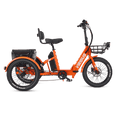

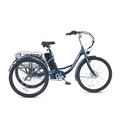
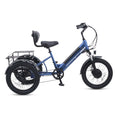
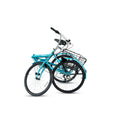
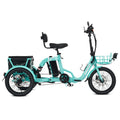

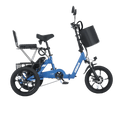




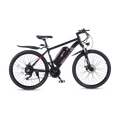



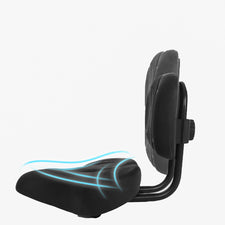







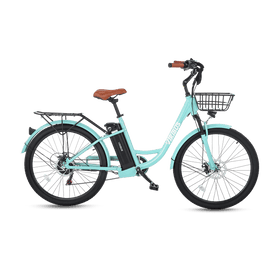
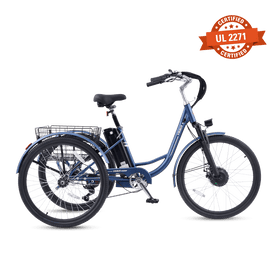
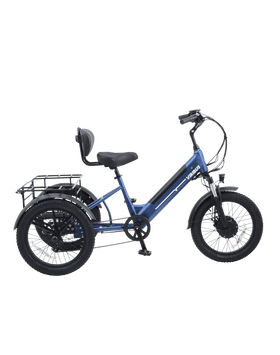



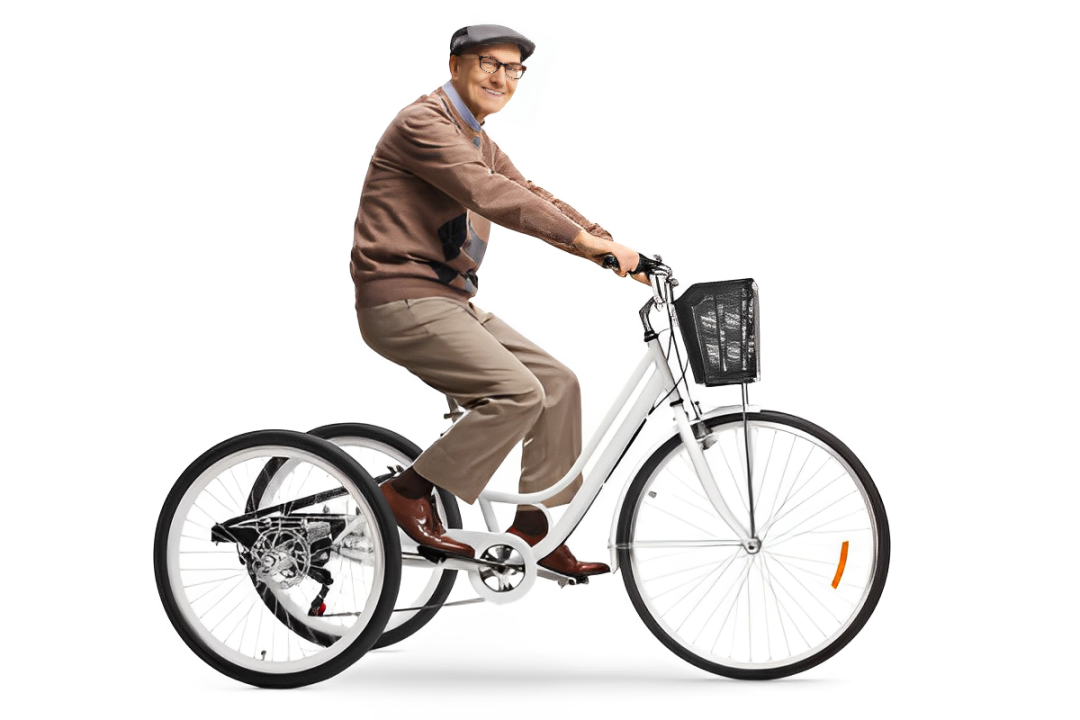
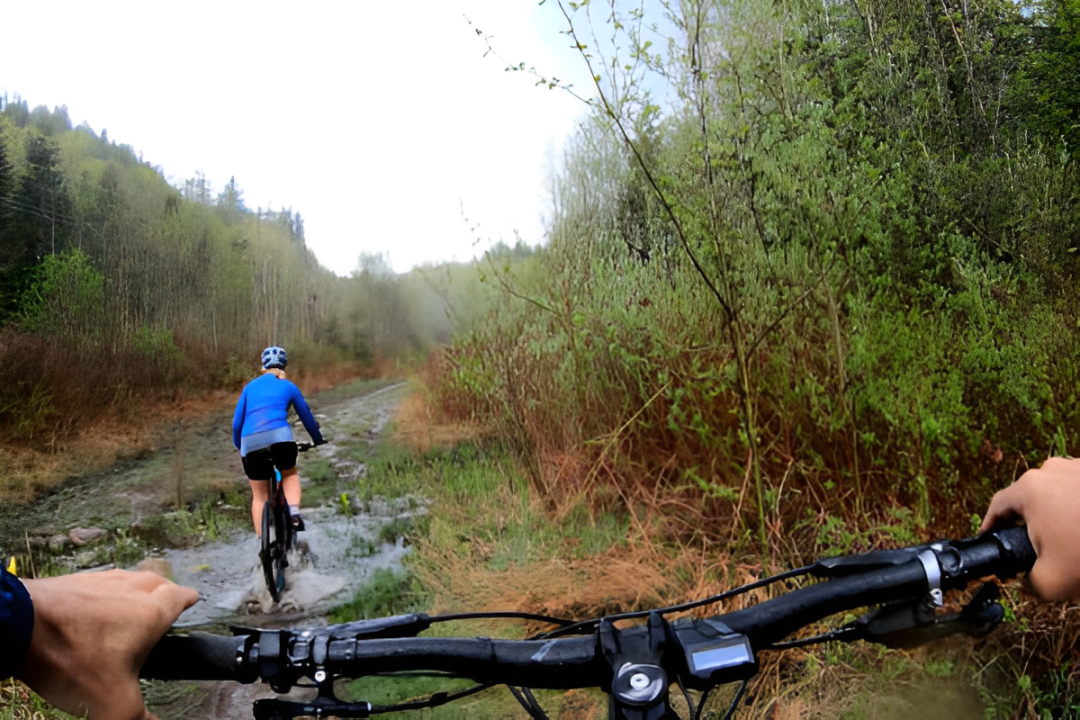
Leave a comment
All comments are moderated before being published.
This site is protected by hCaptcha and the hCaptcha Privacy Policy and Terms of Service apply.